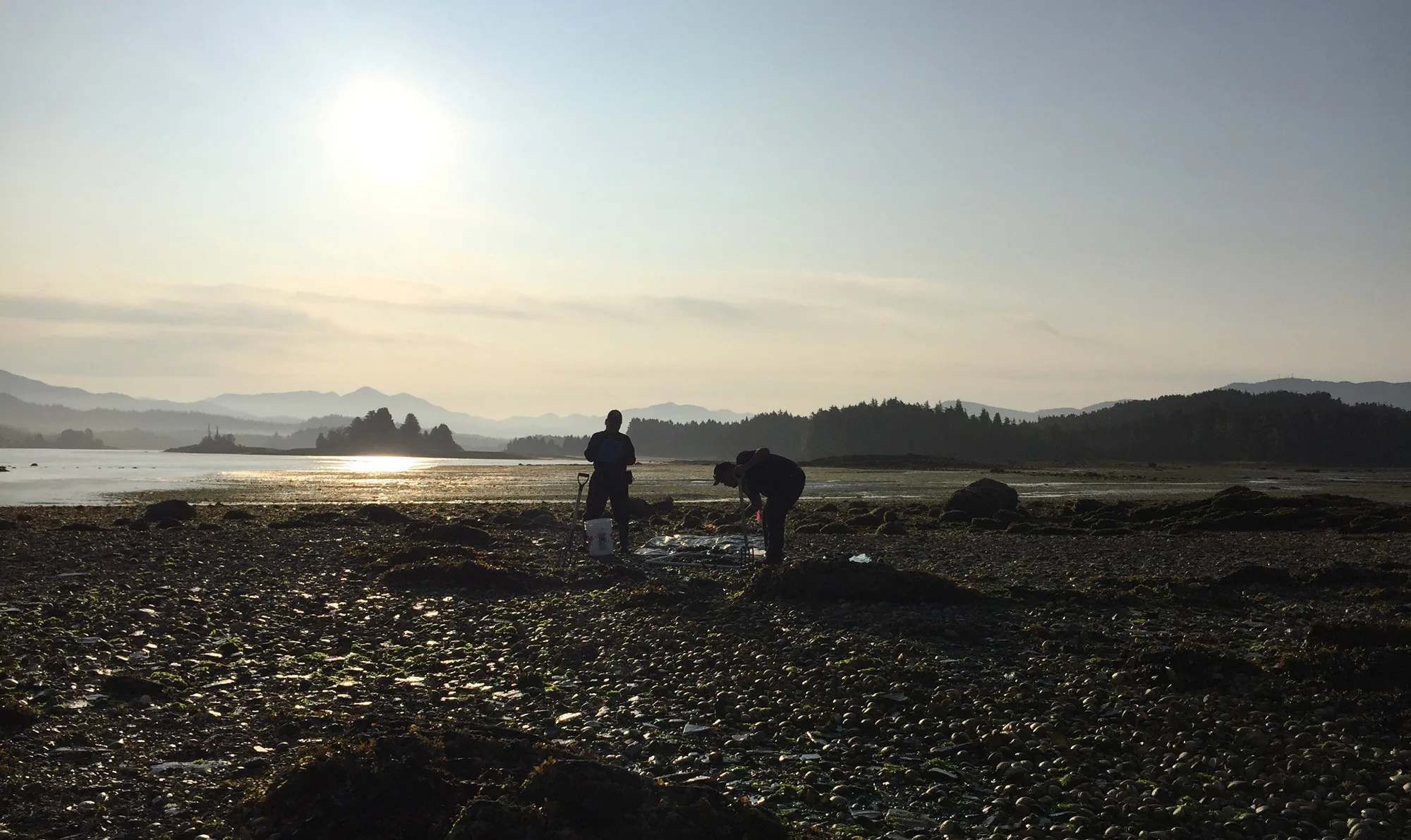Starting Out
Around 2010, Metlakatla was facing a barrage of major project proposals in their territory, many of which were directly related to the development of the LNG industry in BC. Metlakatla leadership started asking questions about the full extent of benefits and impacts from these activities to its lands, waters, and people. The Metlakatla CEM Program was created to not only understand cumulative effects in the region but to figure out ways to respond to and manage those effects.
In 2014, the Metlakatla First Nation and the Metlakatla Stewardship Society brought together a team of staff, university researchers, community members and experts to begin what is now the Metlakatla CEM Program. Forming a research partnership with Simon Fraser University through a multi-year Mitacs funding agreement was important for building out the initiative and for the continued success of the program.
Growing The Program
In 2020, Metlakatla leadership gave the Metlakatla Stewardship Society direction to establish CEM as a permanent, stand-alone program within Metlakatla’s governance system. With a growing track record of successes, the potential for CEM to inform Metlakatla decision-making into the future became increasingly evident. Metlakatla gained recognition across Canada and internationally as an innovative Indigenous-led resource management initiative.
We have developed a CEM Strategy to guide this next phase of the CEM Program, which outlines our mandate, objectives and activities. It clarifies the organizational and administrative structures and processes that are needed to help the CEM Program be a successful, resilient, long-standing fixture in Metlakatla’s governance. The CEM Strategy is supported by a 5-year strategic plan and annual work plans.
